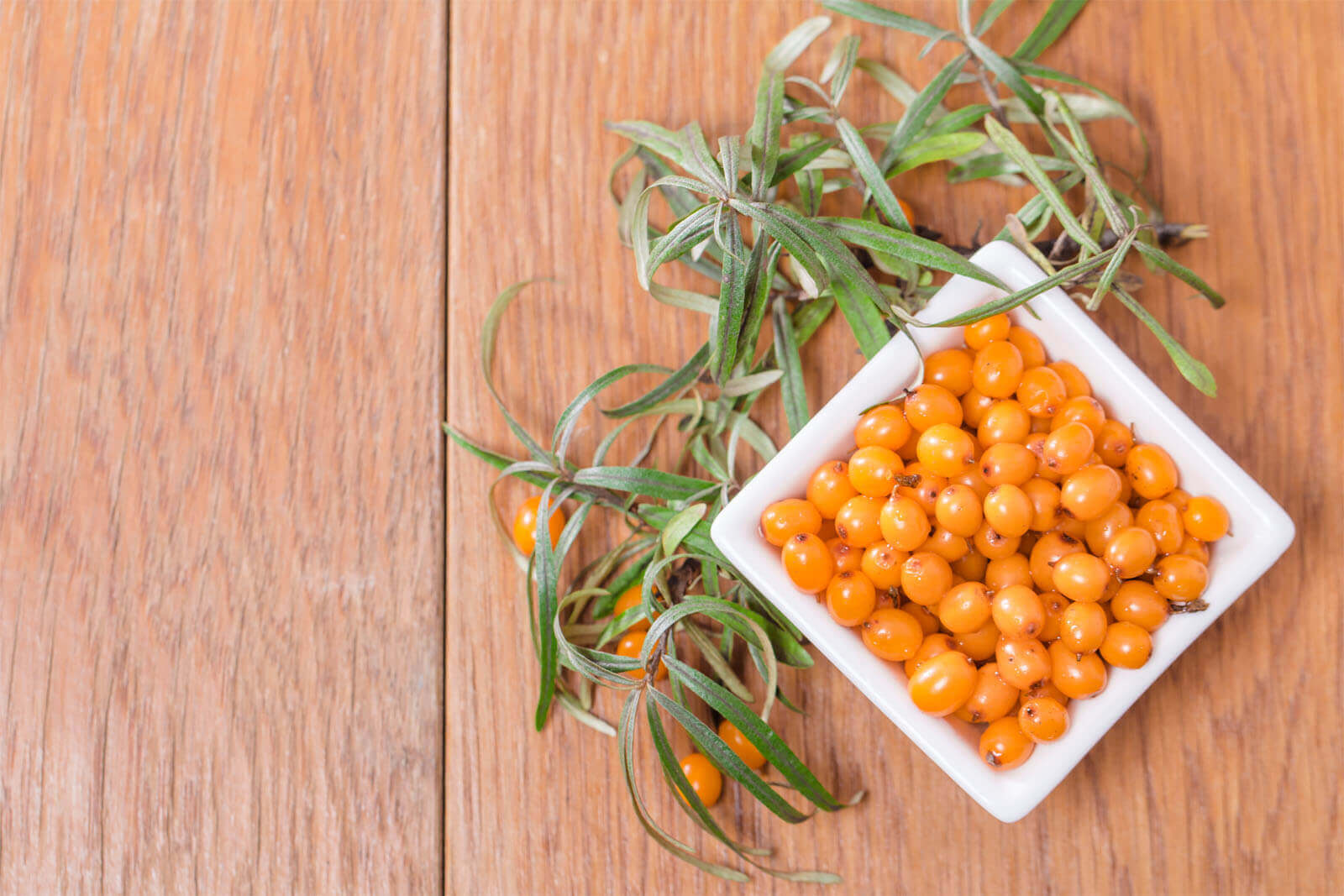What is Rosacea?
“A rose by any other word would smell as sweet” … and Rosacea by any other name would be just as irritating and life-disrupting!
This chronic skin disorder mainly occurs on the face and is characterised by redness that resembles sunburn on the cheeks, nose, chin and forehead.
It can also spread to the eyes, leaving them feeling watery and irritated. It can also be the cause behind persistent pimples and visible red blood vessels. Some sufferers experience rosacea at intervals throughout their life, while others have to put up with the discomfort constantly. The disorder tends to be more prevalent in females who get flushed or blush easily. Along with the redness, sufferers can be subjected to a burning or itching sensation and feel like their skin is very dry. They may also experience swelling that can make life very unpleasant. 
Treating rosacea can be difficult, as the cause is not known. Practitioners will often prescribe oral medication and topical lotions to keep the condition under control, or suggest laser treatment to reduce extensive redness and the appearance of blood vessels. However, these methods aren’t universally effective.
Rosacea is a highly unpleasant condition as sufferers will attest and many sufferers are neither diagnosed nor obtain treatment as the condition may not be fully recognisable when at the stage of mild or occasional redness. Rosacea is not just an unpleasant redness – there are 4 subtypes and the description of each subtype brought to me an awareness of the utter misery this condition can cause:
- permanent redness with a dry and flaky skin. (erthematoelangiectatic rosacea- ETR). Small blood vessels showing near the skin surface is common to this subtype.
- some permanent redness with pimples and red bumps. This subtype (papulopustular rosacea) can be thought incorrectly to be acne and flare-ups generally last 1-4 days but can be longer.
- When it occurs with a thickening skin, enlargement of nose, it falls into the subtype of phymatous rosacea. The chin, eyelids and ears can also be affected with small blood vessels showing near the skin surface.
- dry eyes which are red due to visible shallow blood vessels falls into the subtype of ocular rosacea. In this subtype the eye health is very much compromised: watery, gritty, itching, burning, stinging sensations with cysts on eyelids often occurring. The eyes are more susceptible to infection than the normal population and blurry vision can occur, even loss of vision. The eye symptoms can also occur in the before-mentioned 3 subtypes.
Avoiding the triggers can keep it at bay but there are many triggers and they differ in individuals. They can include certain medications, heat stress, cold wind, going from hot to cold (ie air conditioned office to outside summer heat or visa versa in winter), sunburn, emotional stress. Even some foods and drinks can cause a flare up: coffee (ie caffeine products) and alcohol, spicy foods and those containing histamine. Foods that contain high levels of histamine include fermented alcoholic drinks such as red wine, champagne and beer, aged cheeses, fermented foods such as yoghurt, vinegar sauerkraut, vinegary foods such as pickles, olives and mayonnaise, cured meats such as salamis and luncheon meats. Interestingly, many of those listed foods are suggested to us for our health so a high awareness is needed as food/diet seems not to be a “one size fits all”… (see table below from the National Rosacea Society (USA) following a survey of 1066 rosacea patients)
Just as everyone’s skin is different, for people with Rosacea, it can take time to find the treatment that works for them. Many try expensive prescription medication to no avail. For those seeking a natural remedy, Sea Buckthorn Oil may deliver the results they have been looking for. A key factor with Sea Buckthorn Oil for topical application is the importance of it containing both the berry oil and the seed oil at a 1:1 ratio (ie equal parts of the two oils blended).
Happy Rosacea sufferers go so far as to call Sea Buckthorn Oil a “miracle” when they have finally been able to experience relief from their symptoms after a long period of searching for a  solution. It is seen as an affordable option that starts to work within a few days or soon after regular application.
If you’re a sufferer of Rosacea looking for relief, consider Sea Buckthorn Oil as a long lasting remedy. And we would love to hear your feedback or better still, your before and after pictures!
Factors (triggers) that bring on episodes of rosacea – National Rosacea Society (USA) Factors and Percent Affected 
- Sun exposure 81%
- Emotional stress 79%
- Hot weather 75%
- Wind 57%
- Heavy exercise 56%
- Alcohol consumption 52%
- Hot baths 51% 
- Cold weather 46%
- Spicy foods 45% 
- Humidity 44% 
- Indoor heat 41% 
- Certain skin-care products 41% 
- Heated beverages 36% 
- Certain cosmetics 27%
- Medications 15% 
- Medical conditions 15% 
- Certain fruits 13% 
- Marinated meats 10%
- Certain vegetables 9% 
- Dairy products 8%
- Other factors 24% 
Rosacea sufferers can get support from other sufferers, eg The Rosacea Forum
We are not healthcare or medical professionals and the information contained here is not to be taken as medical advice. It is recommended that you consult you healthcare professional prior to taking any supplements and always read the label, use only as directed, and if symptoms persist, see your healthcare professional.
